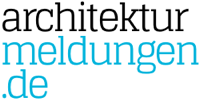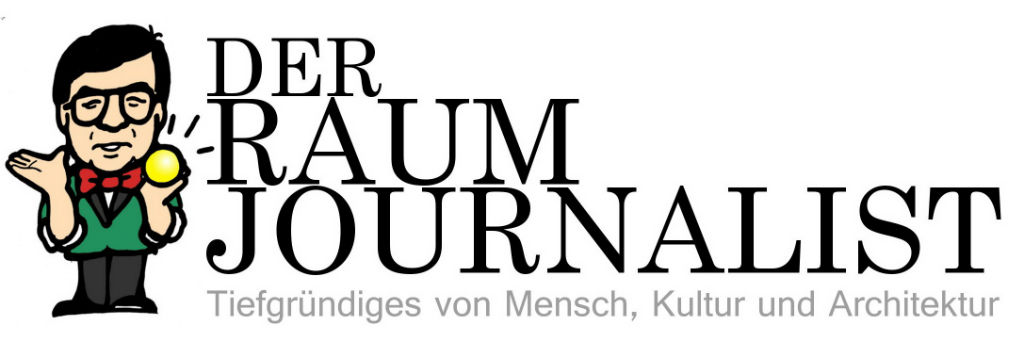“Architecture goes way beyond lines, shapes, forms and light when it comes across people’s lives for good and bad.” INTERVIEW with Julio Bittencourt
Some time ago I told you about a young Brazilian photographer, Julio Bittencourt, and mentioned his work “Prestes Maia 911”. I’m very happy that he found the time to answer some questions for me in detail and I’m glad to share them with you. Thanks, Julio!
INTERVIEW
What is it that you are interested in when portraying architecture/buildings and people? Also, when portraying urban situations?
I’ll start from the second question. Urban situations interest me for many different reasons. The first and most important one is because I grew up in SĂŁo Paulo, Brazil, a city with 16 million inhabitants today, then moved to New York where I spent my adolescence. I think that can explain a lot of where my interest comes from. In huge cities like those, you find different ethnical groups (in the case of Brazil really mixed), social classes, landscapes of ‘opposite worlds’ many times only a few blocks and minutes from each other. In my view, architecture is between / among all of that and plays a very important role in bringing together such differences and more often creating larger distances between people and their environment and everything else that comes with that.
In the works you’d mentioned (i.e. As quarto direcoes, Deixei uma carta pra vocĂŞ, Caminhante, Prestes Maia 911) I tried to show in different ways the ‘barriers’ that architecture creates to divide, separate all this diversity, many times creating ‘big gaps’ inside these societies. How architecture in many different ways goes way beyond lines, shapes, forms and light when it comes across people’s lives for good and bad.
What do you think about the recent urban developments?
Hard to know where they are going, which I guess makes me as a photographer want to follow it and who knows, maybe find out a few. Still I find them very interesting. SĂŁo Paulo, for example, is definitely amongst the cities which grew the most during the last 20, 30 years. There are literally different worlds inside this huge urban area. Something I think will happen each time more in urban centers is the miscegenation of its societies as we have here in SĂŁo Paulo, for example. Due to technology mostly, the world is becoming smaller each time, making distances shorter and shorter.
What are your ambitions with your photographs (esp. your “urban” works, but also in a broader point of view)? What is it that you want to “catch” with your pictures?
Don’t know if I can answer that question today or ever will. I guess this is what keeps me going. Just as I do with my photographs, the idea of asking seduces me more than trying to answer them. Of course, you look for answers and sometimes we find some, but we definitely end up finding more questions and the more questions we ask, more deeply inside any subject we get.
More questions to me means better discussions and maybe answers. Photography isn’t different. I think my answer regarding my ambitions would be to ‘keep asking’ with my photographs and hopefully people will do the same when they see them. Make people think, ask and discuss is already a huge challenge.
How do you choose your motifs?
I really don’t know and would love if someone could tell me that. Motifs come from everywhere and mostly anything. Books you read, movies you watch, people you know, people you meet, places and things you see. Your own life. I think there isn’t one place where they come from. Although you choose the stories you want to tell, in my case with photographs, the initial idea is almost never something rational. It becomes rational afterwards when editing.
How do you take/compose your photographs – spontaneous “snapshots”, attentively planned shoots, …?
It depends on the story, on what, how and why you want to shoot and show something. I have different works (some are not in the website yet), where I’ve done both things approaching different subjects. I like mixing them a lot. I really don’t like to put labels in what I do neither ‘get stuck’ with a ‘recipe’ that worked for an specific project.
Digital or “classic” photographs?
Also depends on the work. More digital today, but I also shoot some works in large format.









simed
Juni 27. 2008
Der Artikel über den Fotografen Julio Bittencourt fand ich sehr interessant. Es hat mich fasziniert, in welcher intuitiven Weise der Künstler seine Motive aussucht. Ich denke, dass wir von Bittencourt in näherer Zukunft noch einiges hören werden.